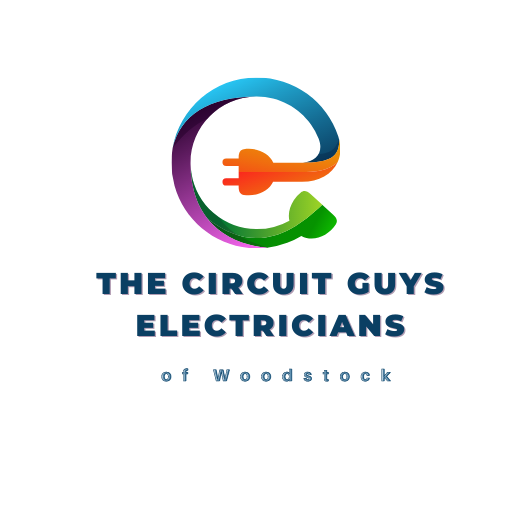When you think of electrical shock, you probably think of something that happens in the movies or in some other fiction. But in reality, electrical shocks can be fatal. When someone receives an electric shock, it’s usually because they have come into contact with an electrical source. This can be anything from a faulty appliance to a downed power line. However, electrical injuries can also occur when someone is handling electrical wires or other electrical sources with inadequate precautions. Electrical shock can be fatal. It is important for workers and others who may come into contact with electricity to understand the risks and know how to reduce them. This article explores the risks associated with electrical shocks and how to avoid them if possible...
What is the risk of electrical shock?
The risk of electrical shock is determined by the voltage, current, and resistance of the source. The more of these elements there are, the greater the risk of an electrical shock. The voltage is the difference between the positive and negative sides of the source. The current is the rate of flow of electricity that can vary from very low to very high. The resistance is the ability of the source to prevent the flow of electricity.The risk of electrical shock is also related to the amount of time the body is exposed to the source. The longer the body is in contact with electricity, the greater the risk of an electrical injury. It’s important to note that electrical injuries can occur even if the source is not plugged in. This is because the source can still deliver a shock if it comes into contact with the body.
How to reduce the risk of electrical shock
It’s important to understand the risks associated with electrical shock and how to minimize them. You can reduce the risk of electrical shock by taking the following precautions:- Avoid working on live wires unless you are certain they are safe.- Use insulated tools when working with wires.- Avoid working in wet locations where electrical hazards are more common.- Stay away from downed power lines.- Avoid working with appliances that are not properly installed and maintained.
Types of Electrical Shock
There are two types of electrical shock: complete and partial. A complete shock results in the entire body receiving a shock. This type of shock is the most severe and is usually fatal. A partial shock is less severe than a complete shock. The body receives only a partial shock in the event of a partial electrical shock. It’s important to remember that a partial shock can still be fatal.
Why is electrical shock so dangerous?
The most dangerous aspect of electrical shock is that it can occur without any warning. The person may not even realize they have been exposed to electricity until it’s too late. This lack of warning makes electrical shock a very dangerous condition. If you come into contact with an electrical source, there’s no way to tell how much electricity has been released and how much is still in the source. This can make it difficult for first responders to treat the victim and can put them at risk for additional injuries.
Caveats of Electrical Shock
There are some caveats of electrical shock. Even though it can be fatal, most electrical injuries are relatively minor. This is because the majority of electrical injuries are caused by low voltages. A low-voltage shock can cause a loss of consciousness and even cardiac arrest. However, it is possible to survive a low-voltage shock. The key is to get medical help as soon as possible.A low-voltage shock can also cause burns and skin irritation. The burns may be minor, but the irritation can be more serious. The irritation can be treated with antibiotics to prevent infections. The burns can be treated with salves and soaks that should be applied immediately.
Conclusion
When you think about it, electrical shock is one of the most dangerous conditions. It can occur without any warning and can be fatal. However, it’s important to remember that it’s a preventable condition. You can reduce the risk of electrical shock by following the safety tips outlined above.
